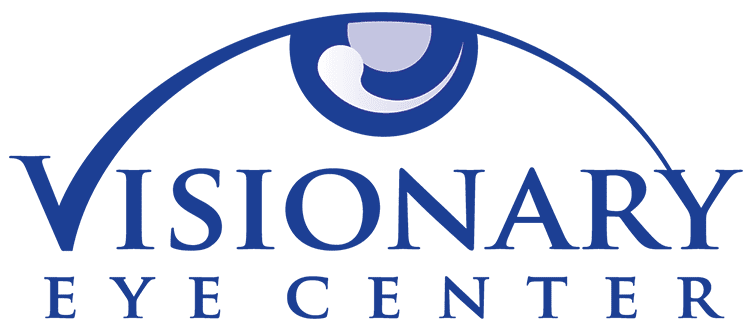Amblyopia is the most common, yet the most preventable, cause of childhood vision loss. Often described as lazy eye, amblyopia occurs when the neurodevelopment of one eye slows down or stops, causing a healthy eye to see poorly. This typically occurs when the prescription between the two eyes is grossly different or when an eye is strabismic (eye turn). Development of amblyopia occurs very young and if not treated early can lead to permanent vision loss. Having your child examined between 6 months to 1 year and again at 3 years old is critical in catching this condition early enough to prevent blindness. Amblyopia often shows no outward signs which is why a complete eye exam by an optometrist is necessary, as the screenings done at your pediatrician are typically incapable of detecting this disease.
Treatment options include glasses, patching, atropine penalization and vision therapy. Treating children when they are under 8 years old provides the best outcomes, but studies have shown the children from 8 to 17 benefit greatly from treatment. Amblyopia treatment in adults is less understood, but generally thought to be much more difficult and with much less improvement.
 775.827.1100info@visionaryeyecenter.com8175 South Virginia Street Suite B-900
775.827.1100info@visionaryeyecenter.com8175 South Virginia Street Suite B-900